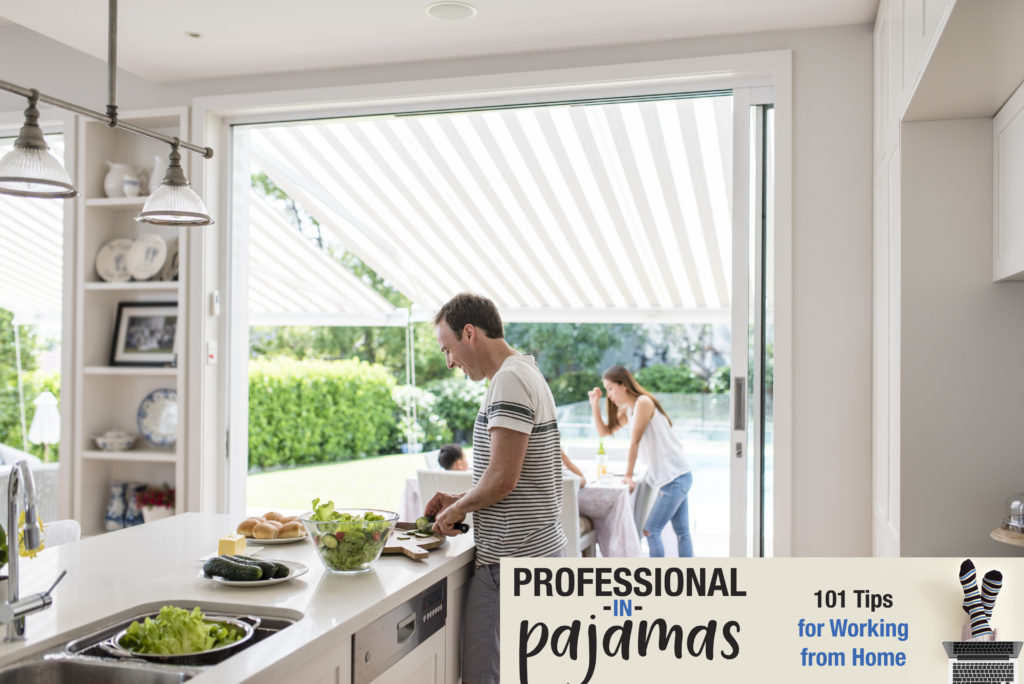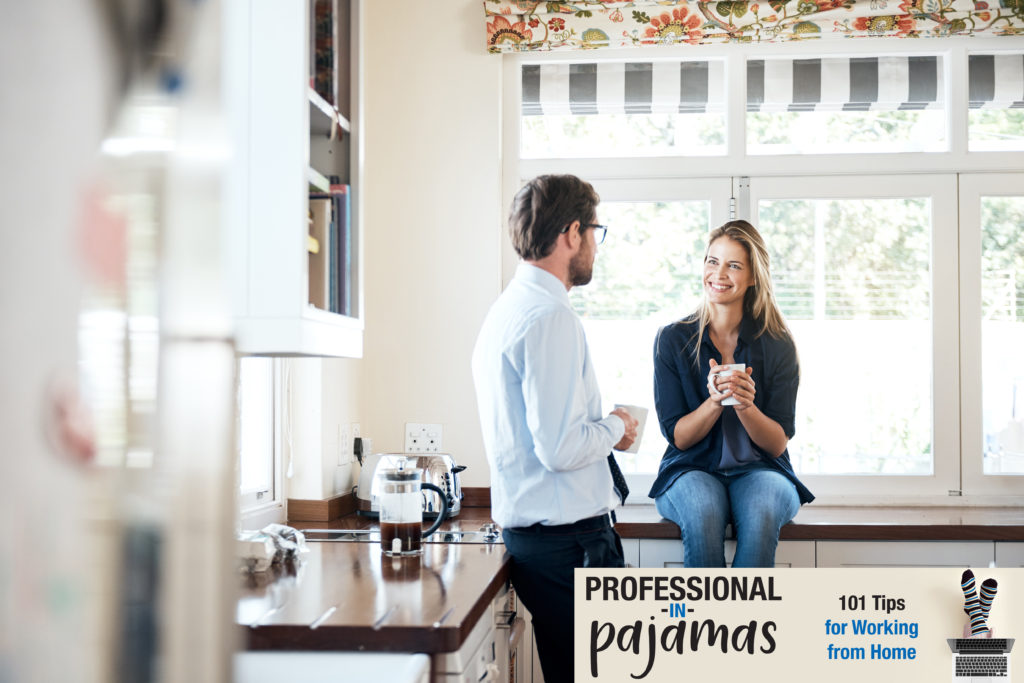
by Karen Adamedes
There may be no one at the next desk to be envious of (or complain) about the aroma of your lunch, or any health risks associated with the germs that might be on a shared keyboard… but that doesn’t mean you should eat lunch at your desk when you work from home. (This also applies to breakfast and dinner as well!).
Avoid the crumbs
I’m the first to admit that I have eaten lunch at my desk more times than I should have. The reasons are always the same: no break between meetings; a never-ending inbox of emails; a constantly ringing phone; and, probably the worst reason of all, so I can spend my ‘break’ on social media.
I’m not the only one, right?
I’ve had plenty of crumbs and spilt coffees in the keyboard. And if I’m honest I’ve probably had to spend more time cleaning it than I’ve saved through the multi-tasking of working and munching at the same time.
Lunch is an ideal time for a break
Meal times are a chance to have a mental break, move, grab some rays of sunshine, and focus on what you are going to eat.
It’s also an opportunity to leave the house and interact with some human beings face to face.
The great thing about working from home is you can schedule your breaks at a time to suit you. Unless you have meetings you just can’t avoid, you can decide to have your lunch break in the middle of the morning or late in the afternoon; whatever works for you.
Plan when you are going to take your lunch break, and make sure you include that time in your schedule. Every day.
Even a short break – say, a visit to the kitchen to grab some food, then eating it at the dining-room table – ticks a lot of boxes. It gives your eyes a rest, gets you moving, and provides you with a break to refresh or contemplate your priorities. (Double points if you go outside and get some fresh air and steps at the same time!)
Choices. Choices!
What and where you eat lunch are up to you. Just not at your desk!
Make something yummy for dinner and have the leftovers for lunch the next day whilst you sit in the garden.
Pop out to your favorite coffee shop.
Prepare something fresh and delicious as part of your break.
Arrange to meet a friend or a colleague for a break and a snack.
All of a sudden, breaking for lunch goes from being an irritating interruption to something you can really look forward to.
It takes discipline to tear yourself away from whatever urgent thing you have to work on and lunch away from your desk – but it is a good use of your time.
Enjoy your lunch break – whatever you do!

This tip is based on Tip 87 ‘Lunch away from your desk‘ from Professional in Pajamas: 101 Tips for Working from Home.
Karen Adamedes is an experienced executive, author and career-tipster. In her most recent book ‘Professional in Pajamas: 101 Tips for Working from Home’ Karen shares many of the insights she has gained during a decade of working from home, where she has negotiated multi-million dollar deals, led national teams and delivered major projects. She does admit to sometimes working in her pajamas.

